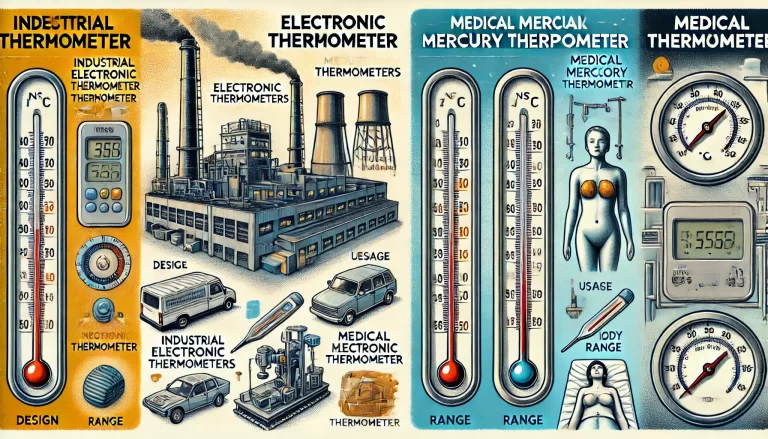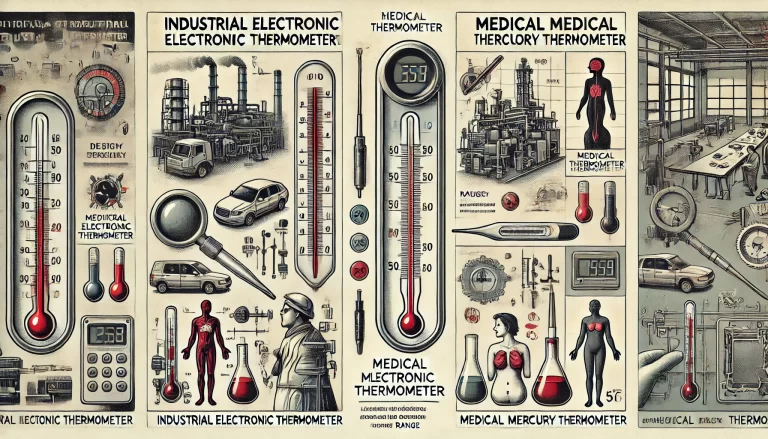A glass thermometer operates based on the principle of thermal expansion and contraction. When the temperature changes, the liquid inside the bulb expands or contracts, causing the liquid column in the capillary tube to rise or fall. This change in the liquid’s height can be read off the scale, indicating the temperature change.
The sensitivity of a glass thermometer is directly related to the resolution of its scale. The higher the sensitivity, the finer the scale’s resolution, which allows for more precise temperature readings. To enhance the sensitivity of the thermometer, two factors can be manipulated: the volume of the temperature-sensing liquid and the diameter of the capillary tube.
Increasing the volume of the temperature-sensing liquid can enhance the thermometer’s sensitivity by allowing a larger expansion or contraction of the liquid in response to temperature changes. However, this comes with certain drawbacks. A larger liquid volume makes it more difficult for the thermometer to achieve thermal equilibrium with the object being measured, which can introduce a significant lag error. Additionally, the larger volume can cause deformation in the bulb, compromising the thermometer’s accuracy and reliability.

On the other hand, reducing the diameter of the capillary tube can also improve sensitivity. A smaller tube will cause the liquid column to move more noticeably with smaller changes in temperature. However, this approach presents challenges in manufacturing. Thin capillary tubes are harder to process uniformly, which may result in uneven liquid movement, leading to inaccuracies in temperature measurements.
Thus, finding an optimal balance in the sensitivity of a glass thermometer is crucial. The sensitivity also depends on the thermal expansion coefficients of the measuring liquid and the glass. The greater the difference in these coefficients, the higher the sensitivity. Therefore, a liquid with a high thermal expansion coefficient is usually preferred, while the glass should ideally have a low coefficient of thermal expansion.

Common temperature-sensing liquids used in glass thermometers include mercury and alcohol. Mercury, being a metal, has a relatively high thermal expansion coefficient, making it suitable for precise measurements. Alcohol, often dyed for visibility, also has a high expansion rate and is typically used in thermometers for lower temperature ranges due to its freezing point being much lower than that of mercury.
In conclusion, a well-designed glass thermometer balances the choice of liquid, capillary diameter, and the material’s thermal properties to achieve the desired sensitivity and accuracy. Understanding these factors is essential to creating a thermometer that is both precise and reliable for various applications.
